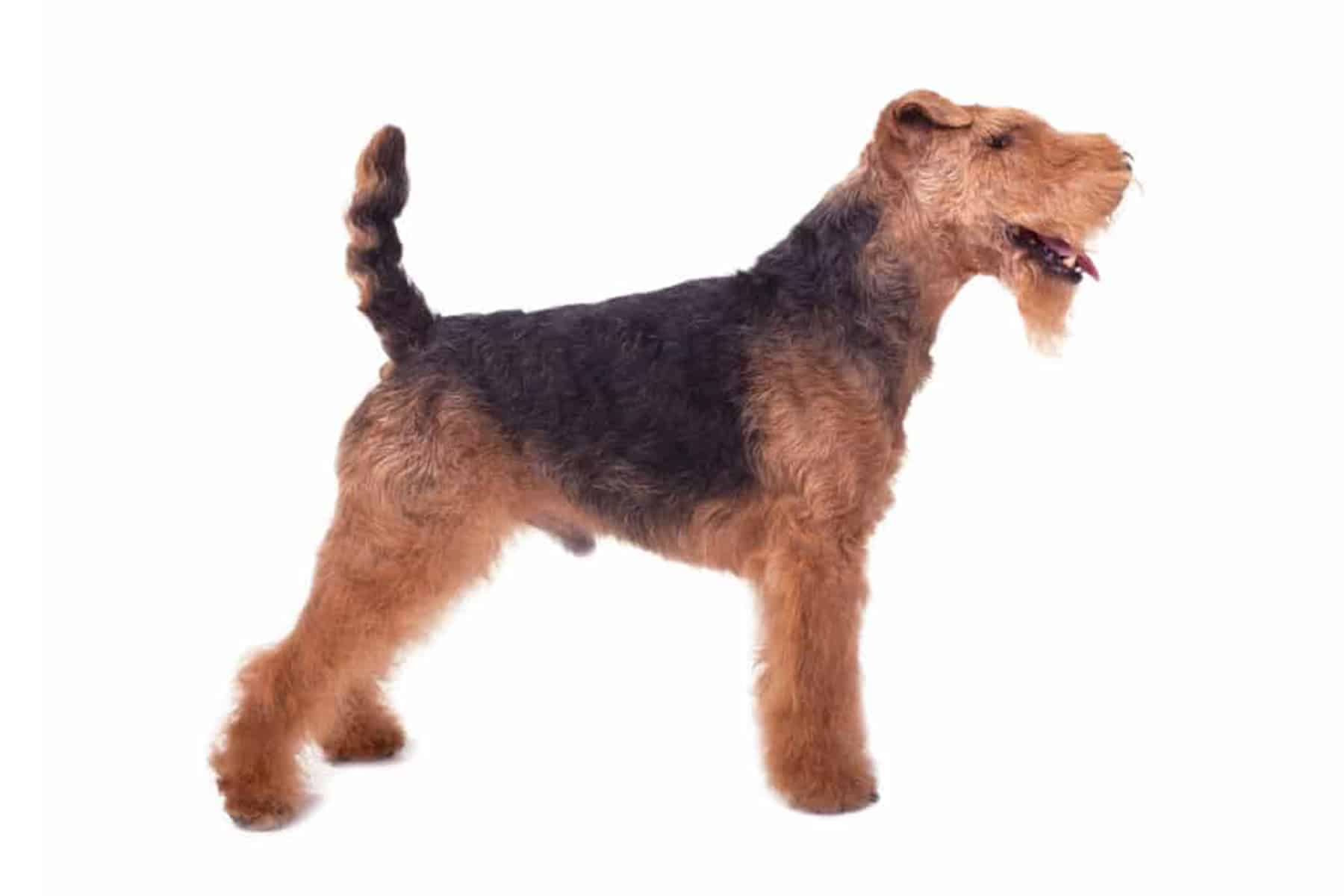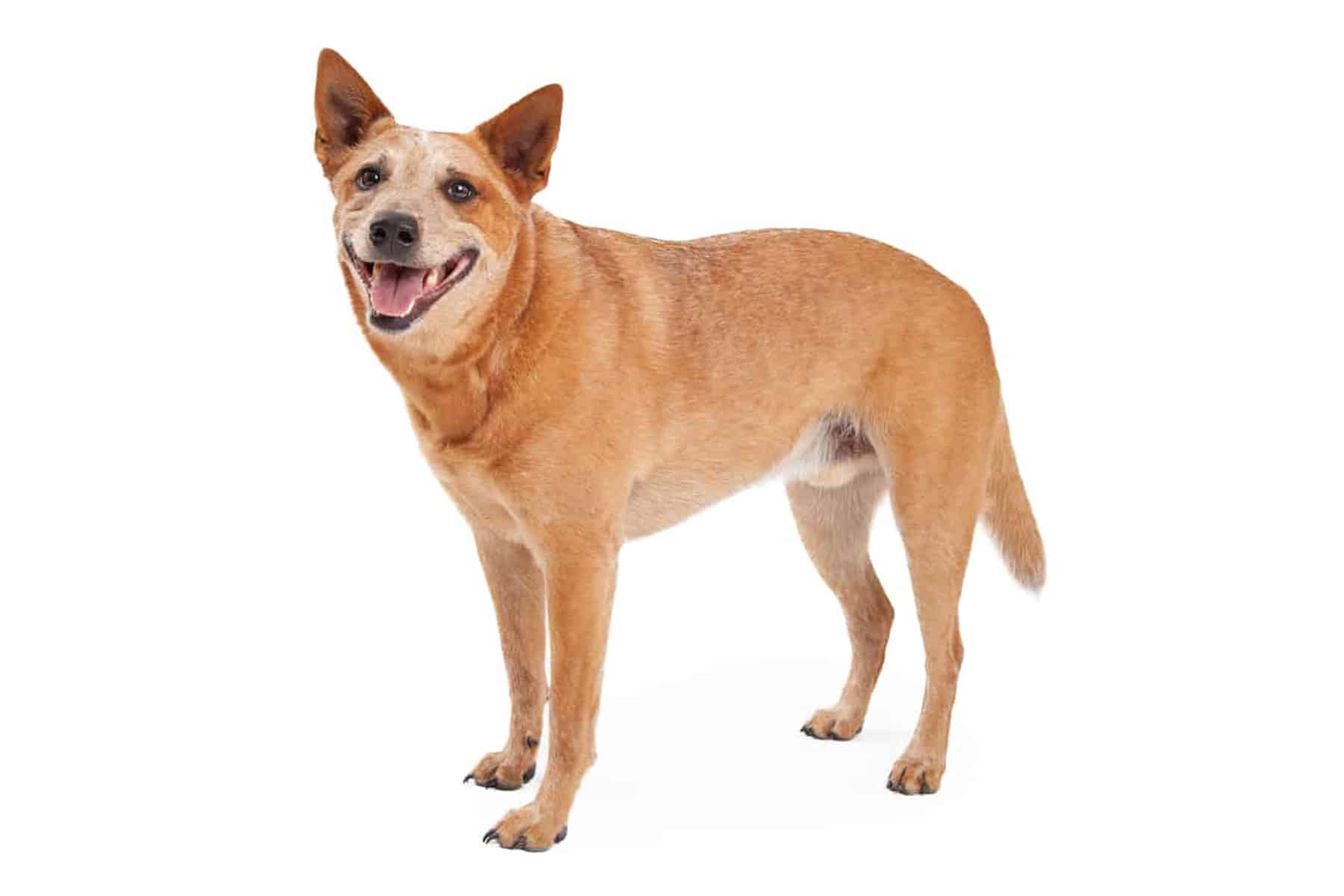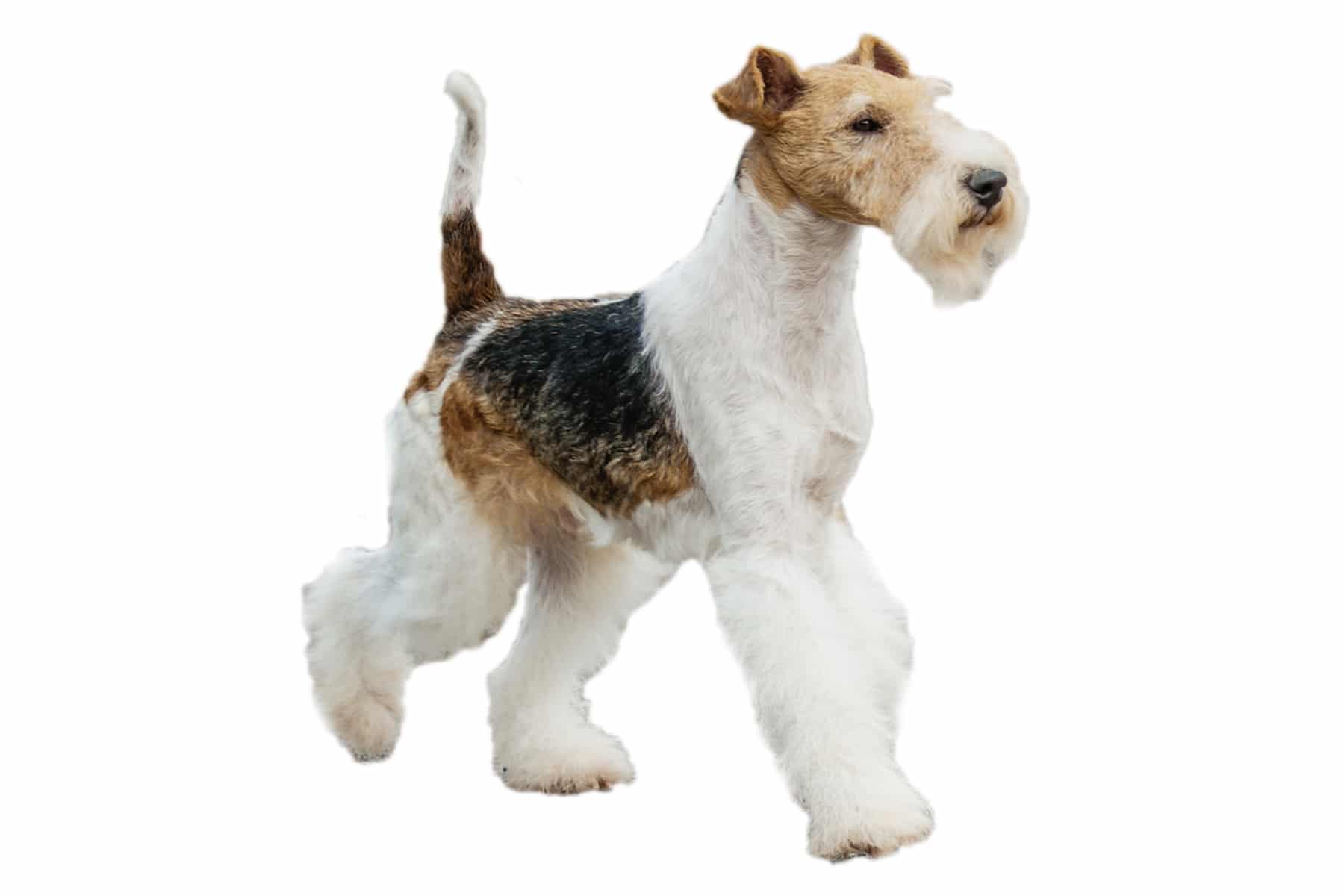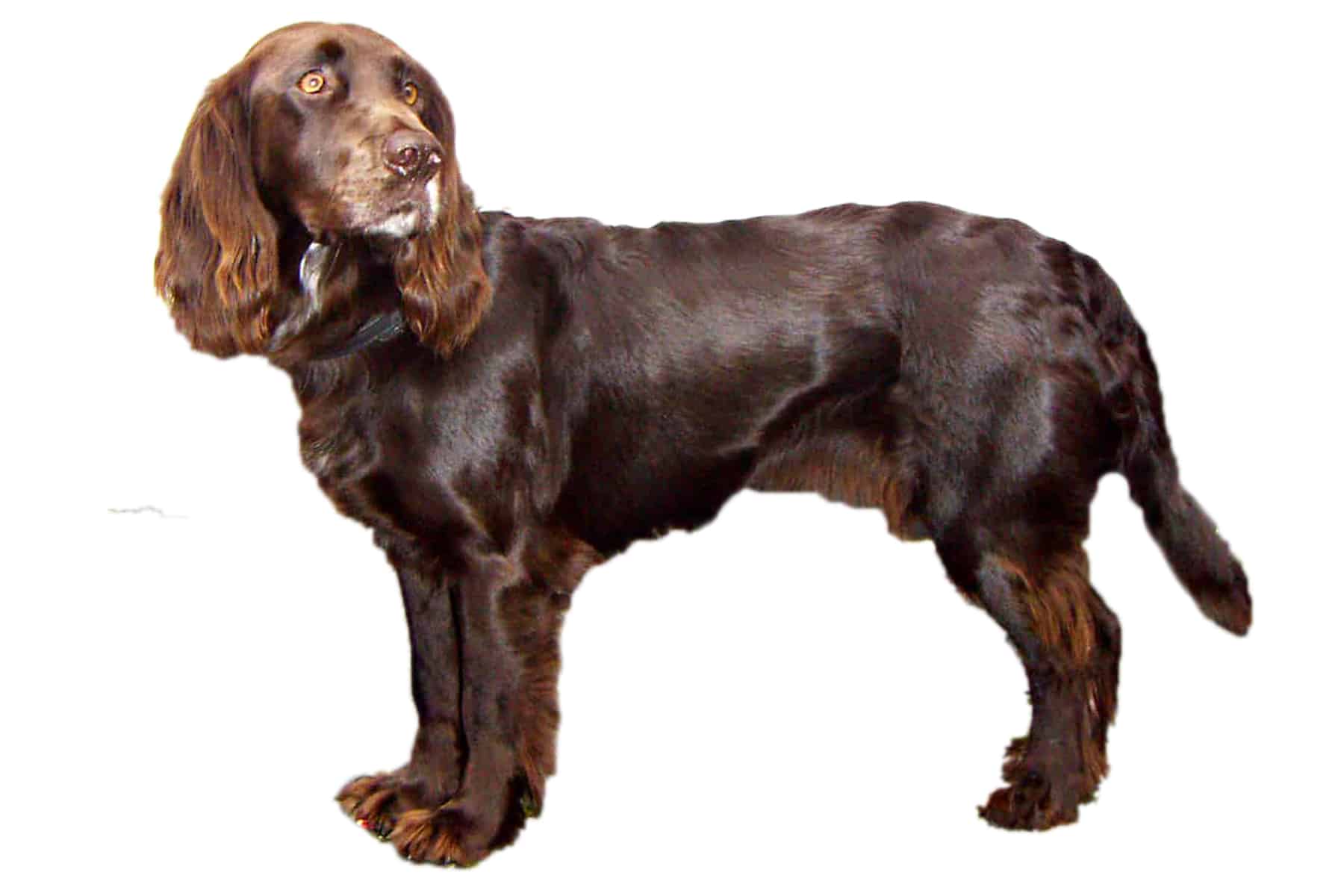Elo
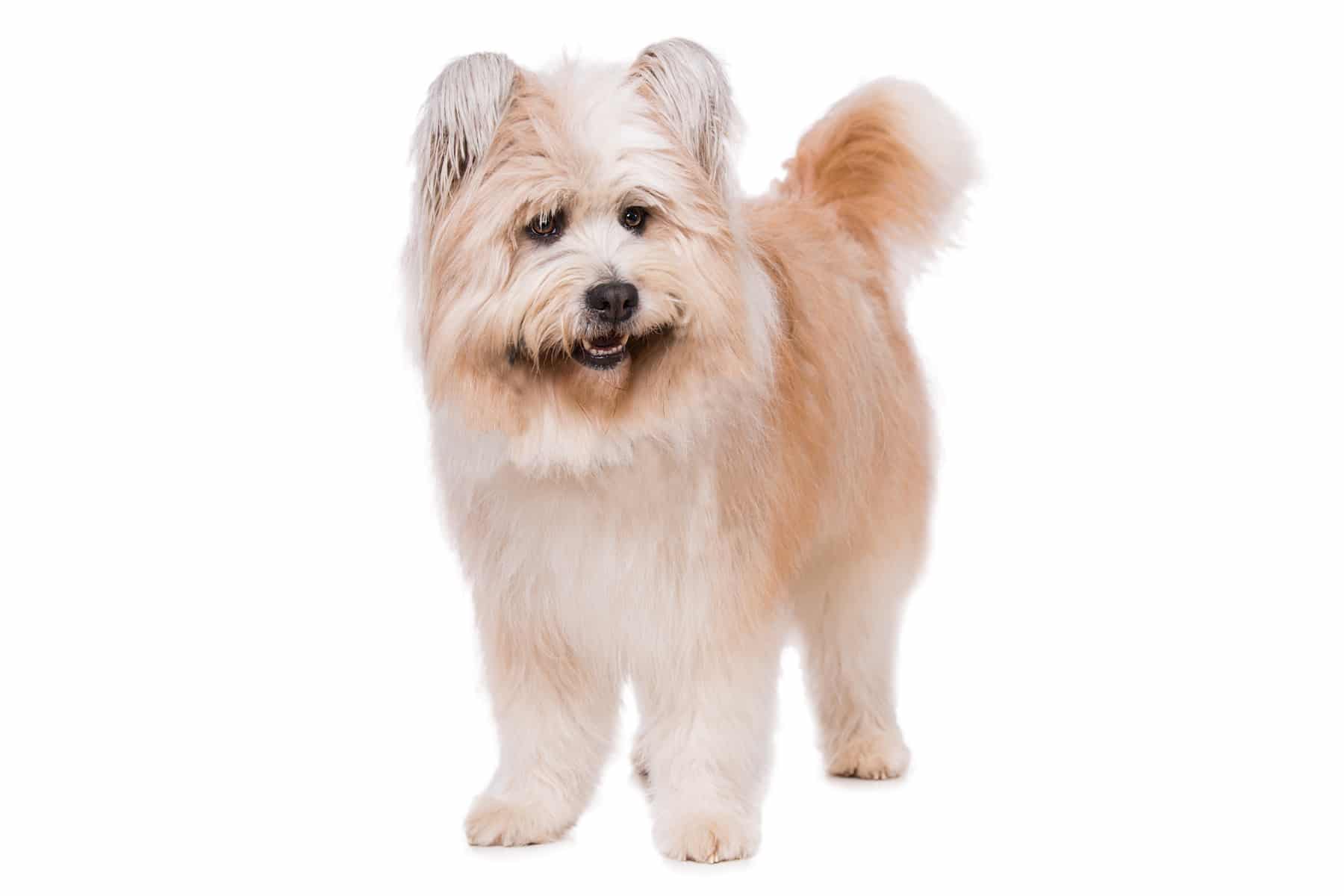
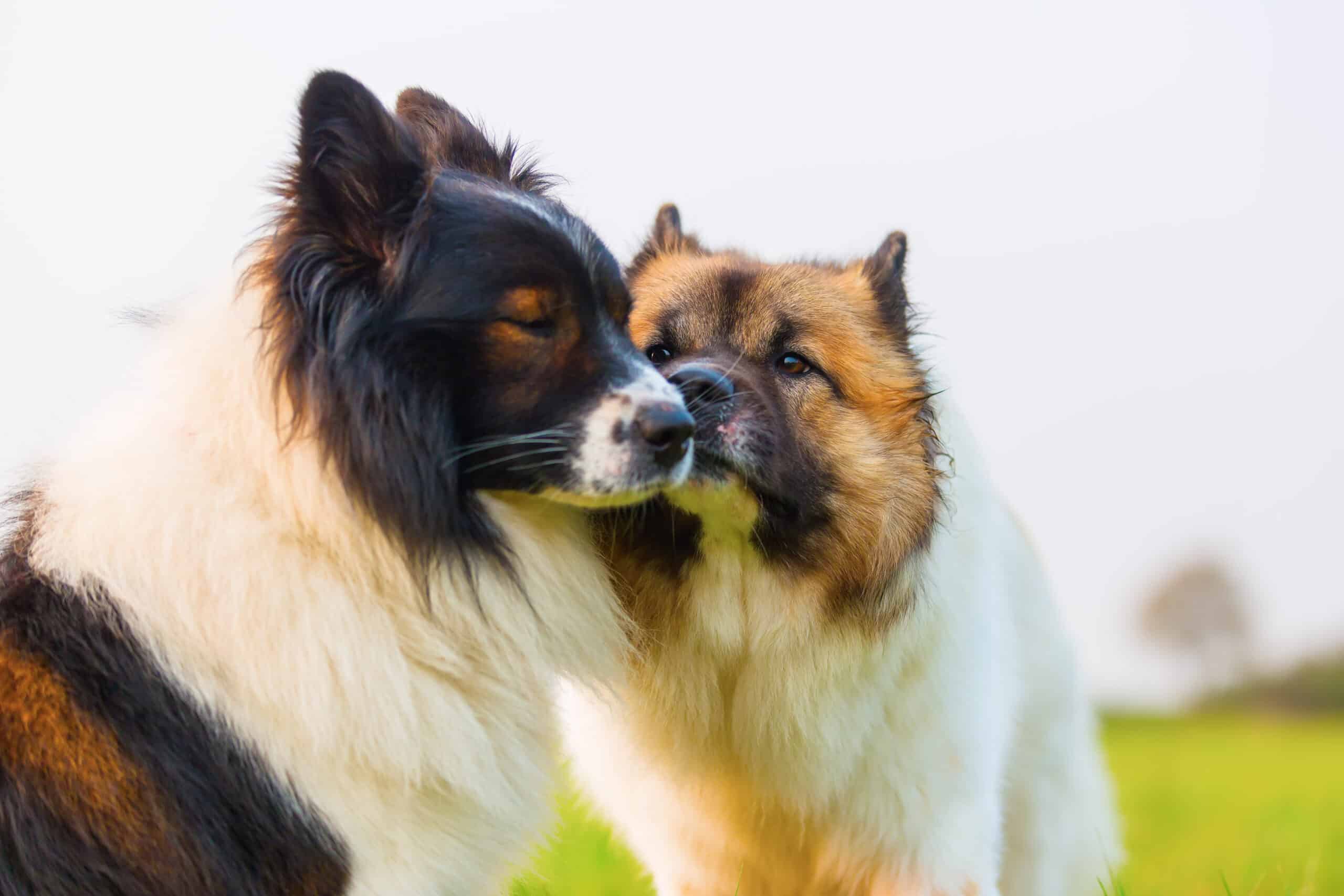
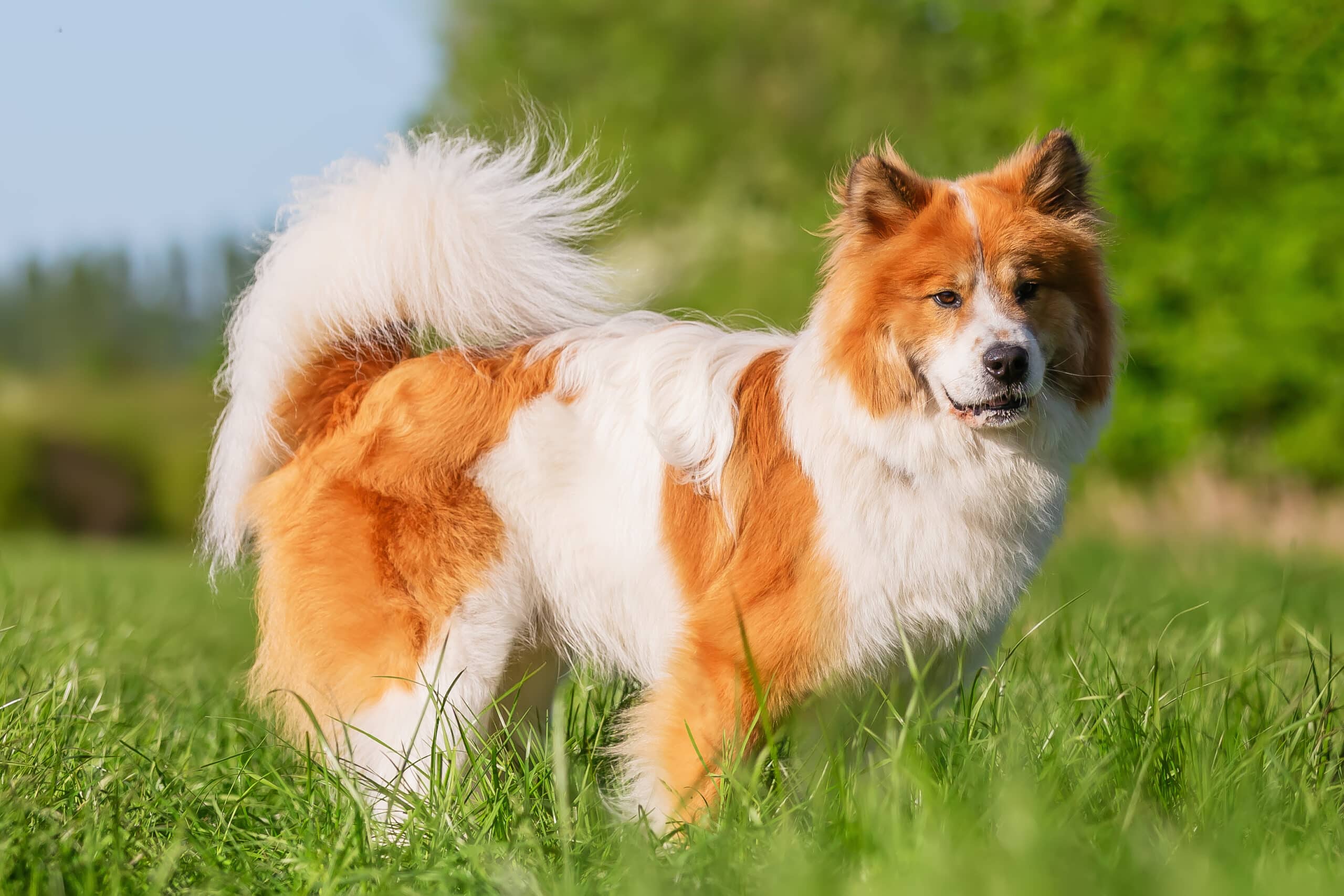
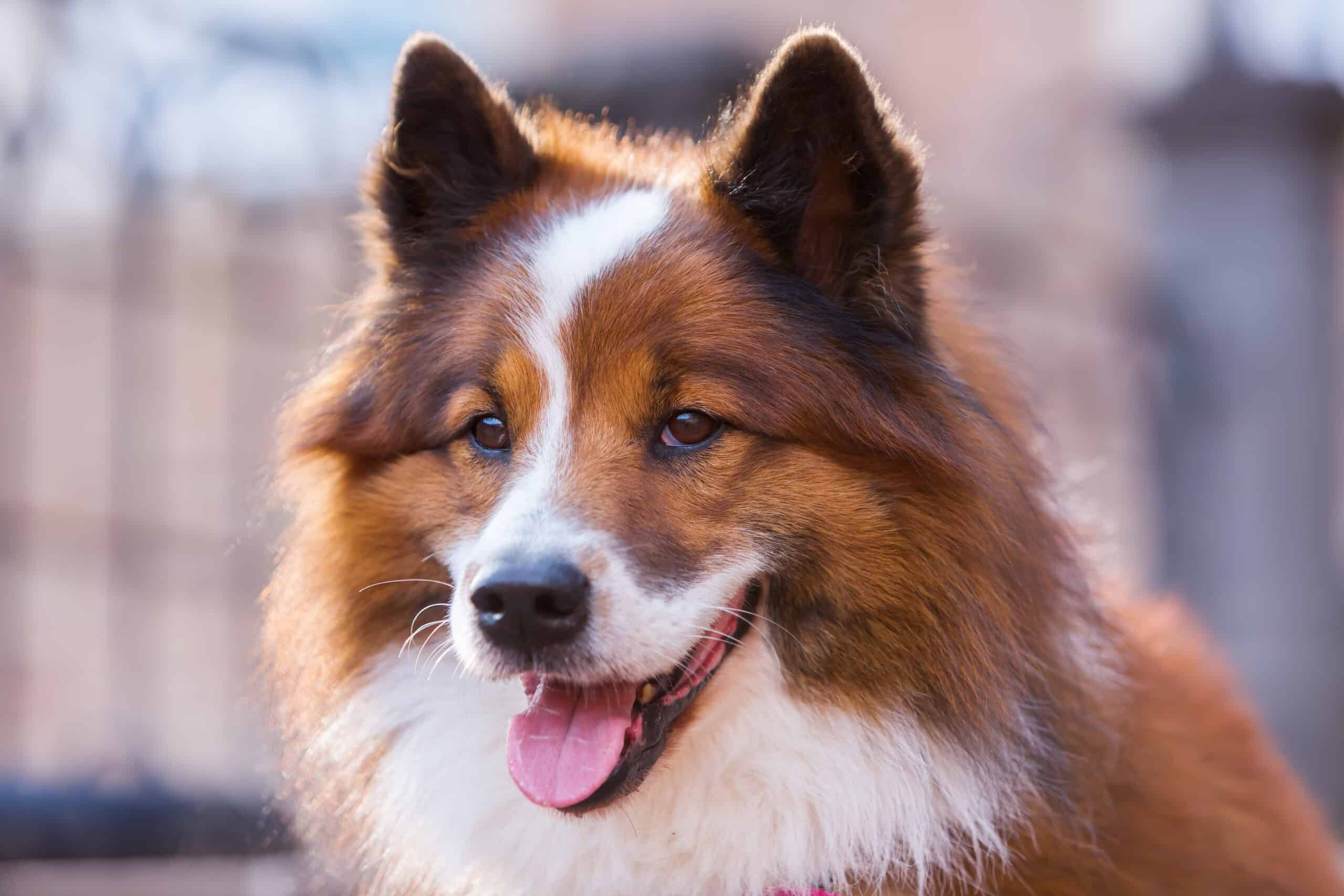
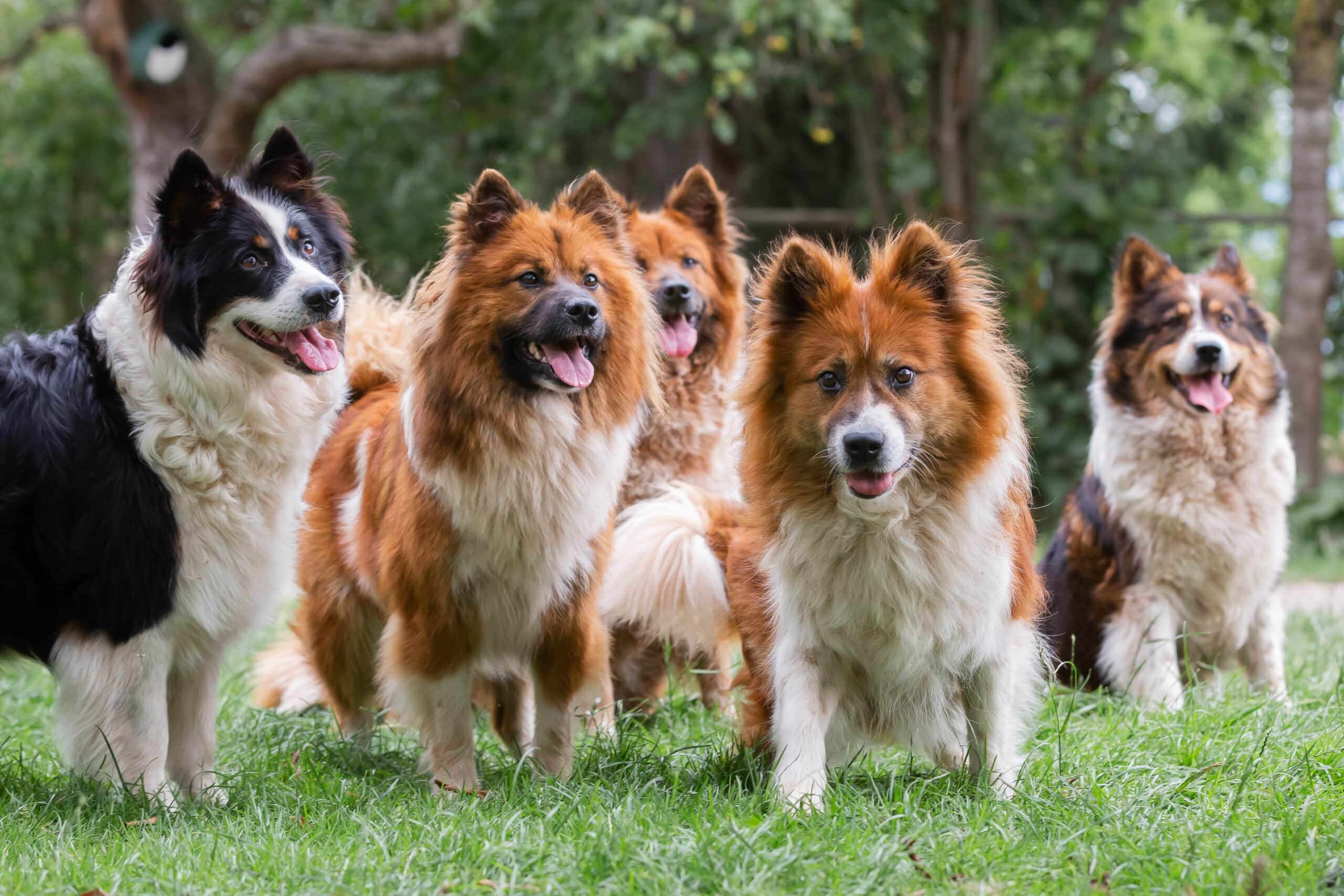
Temperament:
Although the Elo is not recognized by the FCI, it is an interesting dog due to its character. Because of its individuality, there are a few things to bear in mind. First and foremost, it is important to avoid the wrong attitude. However, you will also learn about the main characteristics of an Elo, the typical diet and the origin of the dog. You should also think about the right accessories.
Characteristics
Elos have a different appearance. Basically, smooth-haired and rough-haired Elos are bred. However, the hairiness is limited to the face and legs. If two smooth-haired Elos are mated, the puppies are exclusively smooth-haired. With all other combinations, the offspring can be smooth-haired or rough-haired.
A smooth-haired Elo is comparable to a Eurasier, a rough-haired one to a bobtail, although the Elo has pricked ears. These are medium-sized and very flexible. Ear infections are therefore less common. The paws are small and round.
The breed produces large Elos with a shoulder height of 46 to 60 cm and a weight of 22 to 35 kg and small Elos with a shoulder height of 35 to 45 cm and a weight of 10 to 15 kg.
In character, Elos radiate calm and are very undemanding. They are difficult to provoke and have no hunting instinct. As a result, they tend to move with restraint, but are nevertheless self-confident and enjoy playing.
You can leave an Elo at home alone temporarily without a guilty conscience. It adapts to both rural and urban environments. Puppies are rather reserved towards strangers. As a rule, the Elo stays close to its owner within a radius of 50 to 100 meters.
An Elo puppy is house-trained after about ten days. Overall, the dog is very resilient and robust, but not very sensitive. It does not find it difficult to subordinate itself. It is therefore particularly suitable for families with children. It greets people it knows appropriately without jumping up at them.
Elos have good instincts and show this through their facial expressions. Their social behavior always remains intact.
There is a high risk of inbreeding due to the low distribution of the Elos. This can lead to inbreeding depression. This means that the performance of the animals can be severely restricted. Hereditary diseases or distichiasis also occur more frequently. The latter is an eye disease in which the hair grows towards the eyeball and can damage the cornea.
Coat care:
Shedding:
Energy level:
Trainability:
Children suitable:
The right food
When choosing food, make sure that it contains high-quality ingredients, is balanced and meets your dog's requirements. Age, size or weight, activity and health status play an important role. You should follow the manufacturer's recommendations for the amount of food.
Treats should only be fed in moderation and deducted from the basic diet to avoid obesity.
Puppies can be fed 4-6 times a day. The number of meals should be gradually reduced to 2 per day until the dog is fully grown.
A rest period should be observed after meals to avoid stomach torsion.
Health & Care
The Elo is maintained by regular brushing and grooming. Daily brushing is ideal in spring and late fall. Above all, this prevents unwanted tangles in the coat.
Avoid clipping the animal in summer. This can result in hair damage or loss of the top coat. This is caused by sunburn. The heat melts the small blood vessels. They can no longer supply the upper hair roots.
Even outside the summer, regular trimming tends to be harmful. If the undercoat grows faster than the top coat, the top coat cannot develop sufficiently.
It is better not to wash your dog before the age of one. Even when the dog is fully grown, washing should be largely avoided. Only if absolutely necessary can it be washed with a mild dog shampoo.
When training, it should be noted that an Elo can be subordinated according to learned rules. However, if you fail to train certain rules consistently, the dog will take the lead itself. The nature of this animal is such that it can forgive its owners mistakes.
Suitable accessories
The basic equipment includes a water bowl and a food bowl. For more comfort, you can purchase a cushion to lie on or a basket as a retreat for your dog. A normal collar or harness and a lead are sufficient for a walk. Tick tweezers are also recommended. If you want to transport your dog in the car often, you should also think about a dog safety harness or transport box.
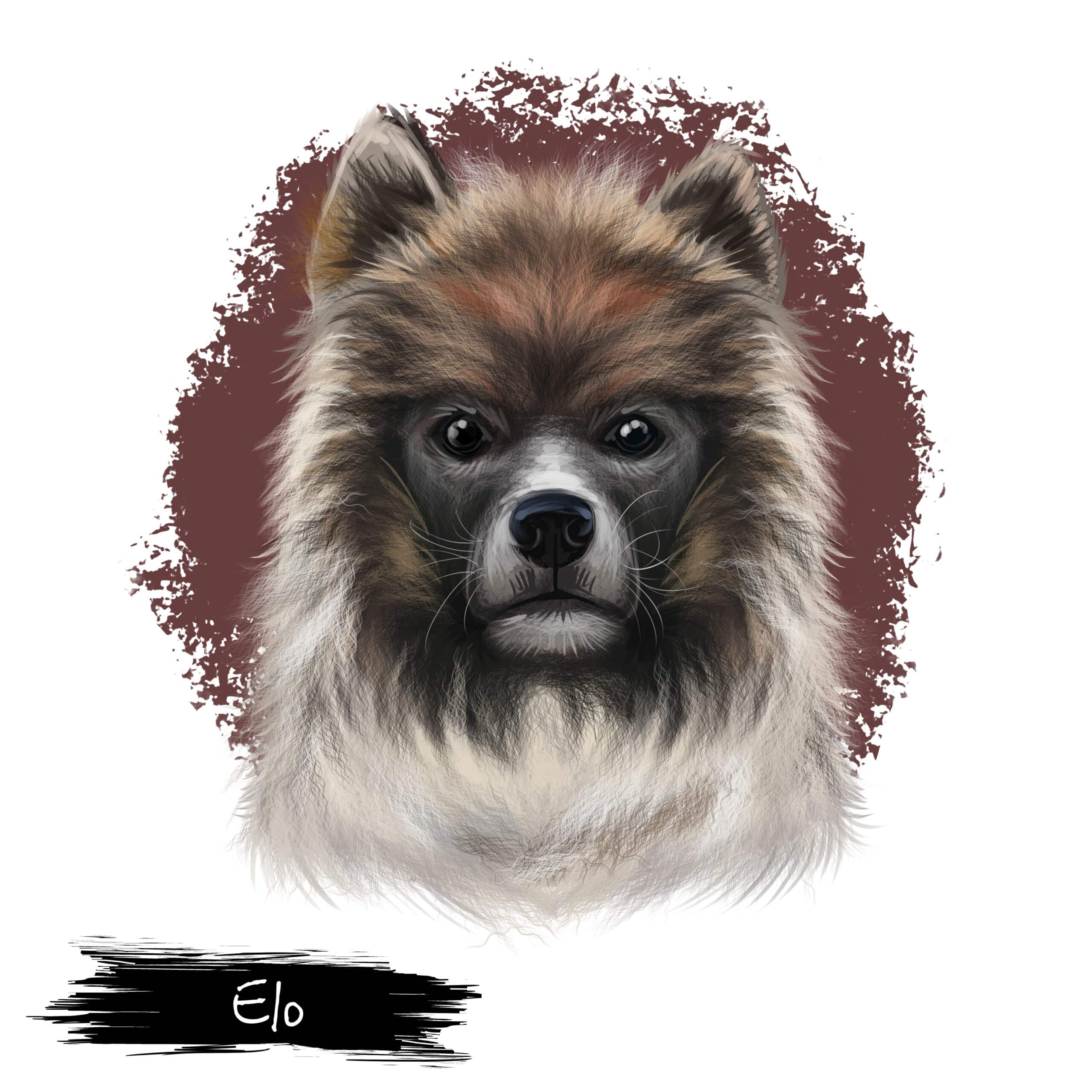
Origin & History
Originating from Germany, the Elo is a dog breed that has not been around for very long. In Dedelstorf in Lower Saxony, a couple bred Eurasiers and Bobtails. One of their goals was to breed a family-friendly dog without a hunting instinct that rarely barked. So they started breeding in 1987 and initially called the breed Eloschaboro.
In addition to the Eurasier and Bobtail, they used the Chow Chow, Samoyed, German Spitz, Japanese Spitz, Dalmatian, Kleinspitz, Pekingese and Mittelspitz. The decisive factors were health and temperament, not coat color.
The name Elo is derived from the first letter of the Eurasier, the last letter of the bobtail and the middle vowel of the chow chow. These dog breeds were the first to be crossed to obtain an Elo. Breeders Marita and Heinz Szobries immediately registered the Elo trademark, which they own the rights to in Switzerland and the EU.
The "Elo®- Zucht und Forschungsgemeinschaft e.V." has been in existence in Braunschweig since 1993. Since then, more than 13,000 Elos have been born. 130 breeders are spread across Germany, the Netherlands, Austria, Switzerland and Belgium.
